EMW 340 - The Unknown Not-A-BMW #blogpost
In a post yesterday, I did a small guess-the-car (https://www.carthrottle.com/post/wp6m684/), and apparently not many people knew the car in question was a

In a post yesterday, I did a small guess-the-car (https://www.carthrottle.com/post/wp6m684/), and apparently not many people knew the car in question was an EMW 340. Well, I wouldn’t judge them for that. If you can name an EMW 340, chances are high that you either are from Germany or just are a die-hard fan of GDR cars… probably both.
So I thought I’d make a small article about it.
Early History
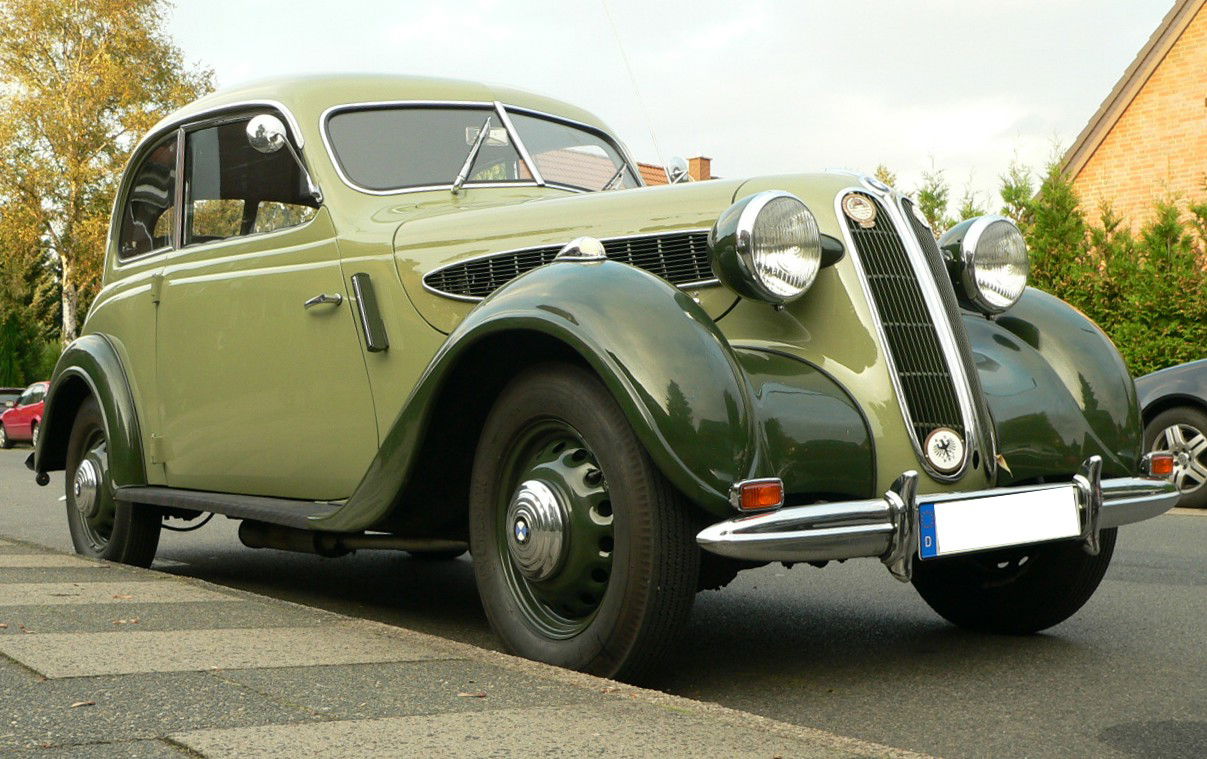
It is June 1945. The war is over in Europe, the Third Reich has been defeated and the Allied forces are now governing Germany. For their huge losses on the Eastern Front (well, it was the Western Front for them), the Soviet Union demanded compensation in the form of factory lines. One of them was the long-standing Eisenach motor factory, destroyed during the Allied air raids. Afraid of having his factory (or at least what was left of it) dismantled, Albert Seidler showed a BMW 321 saloon to the Soviet field marshal Georgiy Zhukov. He was impressed by the vehicle and demanded more cars.
What you see above is a BMW 321, a German pre-war saloon. Production started in November 1945 with a demanded volume of 3000 saloons and 3000 BMW R35 motorcycles as repair services for the Soviet Union. Of course, BMW from Munich didn’t agree with that. “These disagreements can only be considered as an unlawful claim of the imperialist warmongering monopolists from Munich”, said the governor of Thuringia (Eisenach is in Thuringia). I’m not even joking.
Development
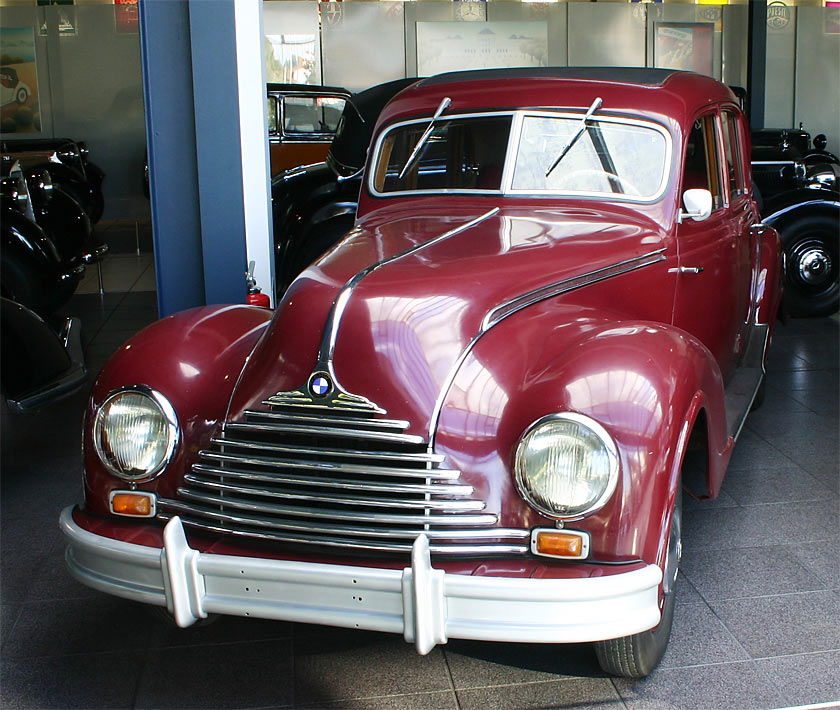
With the 1938 model being considered slightly outdated, the BMW plant Eisenach was developing an extensive facelift for it. The headlights now were included in the fenders and the grille was made to look like it’s much wider, giving it a pontoon-body-ish appearance (though it isn’t a pontoon body). The car received an actual boot lid, the spare tyre went into the boot rather than placed behind it and the bonnet now opened in whole. Engine and drivetrain remained more or less unchainged: a 2.0 litre straight-six four-stroke engine with 51 bhp. The four-speed manual transmission was the same too, only the gear stick went from the floor to the steering column.
The problem was that all the factories that produced parts for it now were located in West Germany, making it very hard and expensive to get original parts, so it was necessary to produce them locally. The quality was less than perfect and supply shortages often caused the factory line standing still for several weeks. A car with a quality like this wearing a BMW badge was a thorn in BMW’s flesh, also because the exported vehicles were often turned to BMW Munich (who had nothing to do with the BMW 340) for warranty cases.
BMW lawsuit
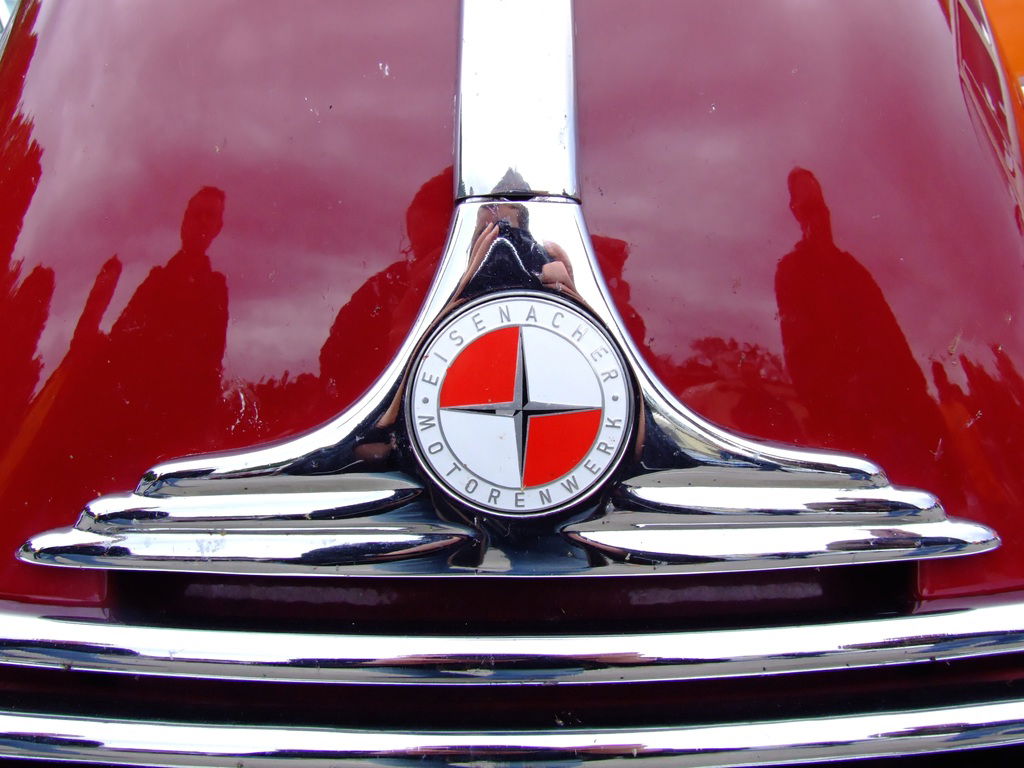
See the maroon car under the paragraph “development”? Note how it still had the blue-white BMW badge. In 1950, however, BMW Munich filled a lawsuit aganist Avtovelo (owner of BMW Eisenach), threatening with sanctions should Eisenach continue producing BMWs. However, stopping the production was not an option, so they found a legal loophole. Because Eisenach still had the licence to produce BMWs, they just weren’t allowed to call them BMW, the logo was quickly changed to a red-white badge. The name of the car now was EMW 340. EMW stands for Eisenacher Motorenwerk (Eisenach motor factory), as opposed to Bayerische Motorenwerke (Bavarian motor factories).
At least that’s the case for the cars that were exported to the western world and for the cars that were sold in the GDR. The cars that were exported to other Socialist countries, still wore the BMW badges because BMW didn’t care about that.
The end of EMW
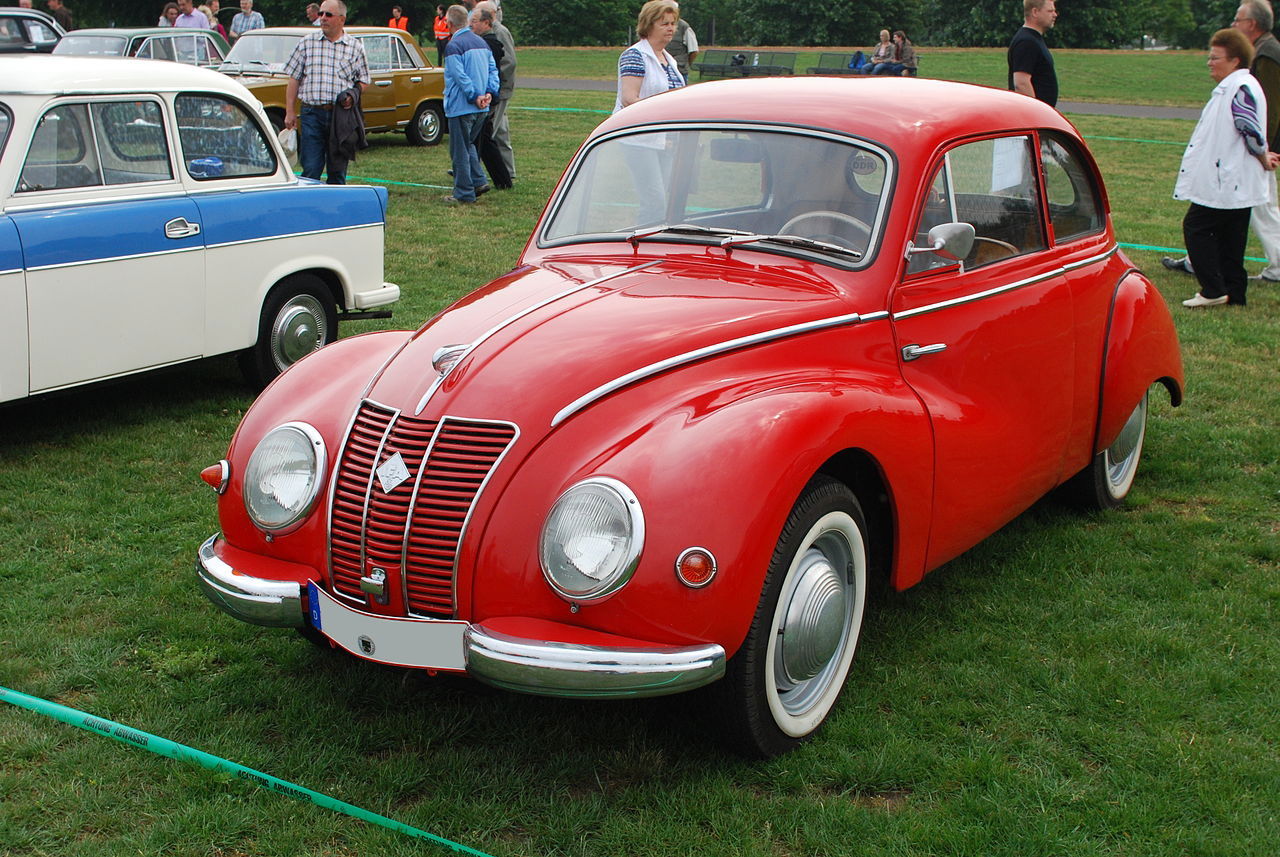
The production ended in 1955 after 21000 units produced, of which 19000 went into the export. In the same year, the production of the EMW R 35 motorcycle, a direct copy of the BMW R 35 stopped too. The Eisenach factory, now part of the IFA (Industrieverband Fahrzeugbau, industrial union of vehicle production), continued the production with IFA F9s (pictured above) for one year until production switched to Eisenach’s own development, the Wartburg 311.
The name EMW was never used again as an automotive brand, but the factory was still in use until 1991. At about the same time, a new Opel factory line opened in Eisenach, today producing Opel Adam. The original Eisenacher Motorenwerk still can be visited and now has a museum in it.
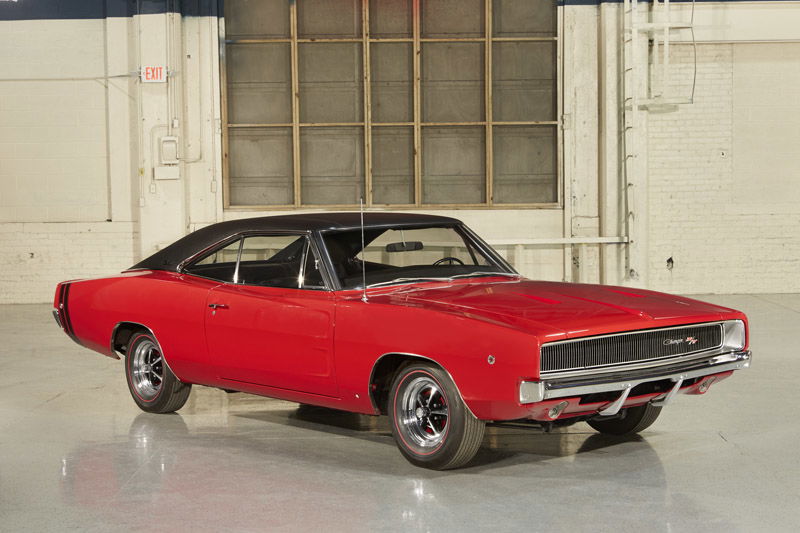
Comments
Nice article!
I am a “die-hard fan of GDR cars” and i have seen one of these beautiful EMWs on a car meet 2.5 years ago. Just the smell of it and all the lovely details around the car are totally awesome.
Matt Robinson
Wow, I remember hearing about this somewhere but now I get it. Great writeup m8!
Just woke up and already learned something on cars! Thanks for the great article!
Thanks for this nice writeup.
It’s nice to see how far back the wartburg goes. I like a proper 311 but not the newer ones.(353). I find them something like a smaller Volga 21.
I am also shocked they had a 313 (cabrio) wich I think it must of been amazing back in ‘57-‘58
Well, I wish the badge on my e36 could say 340 instead of 316 XD
Great article ! .
Im new on the forum , where can I search for an engine for mye 340/1 1951 6 cyl 2 lit .
Nothing avaliable here in Sweden .